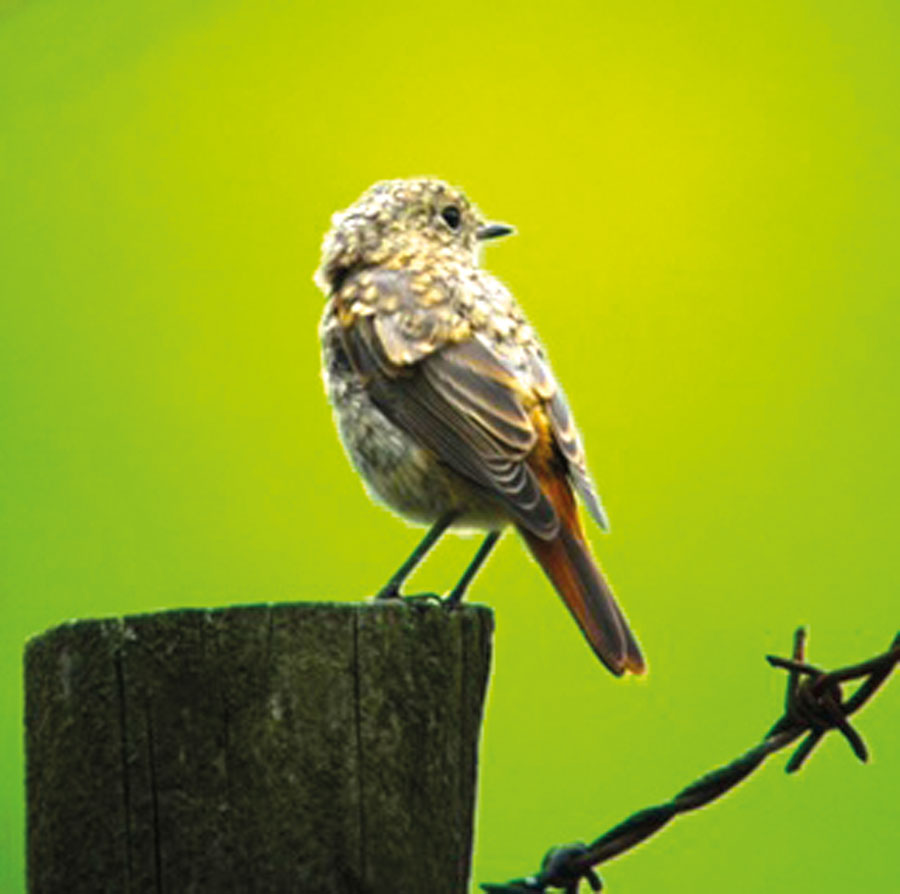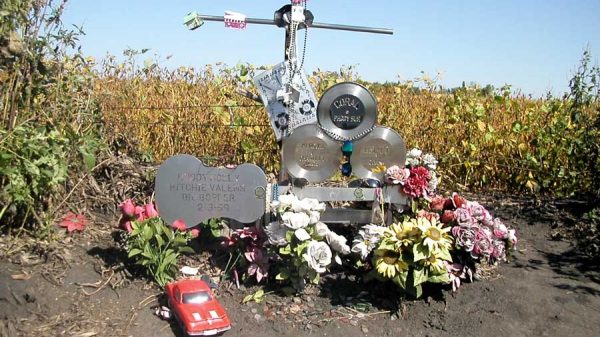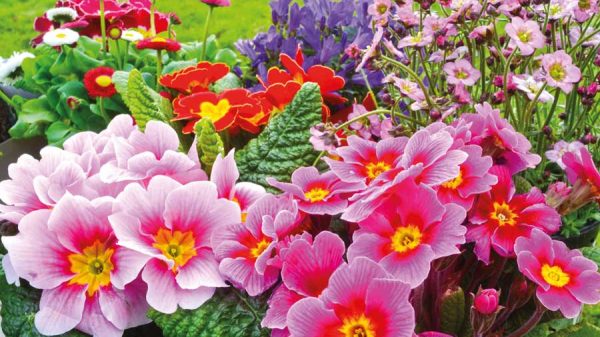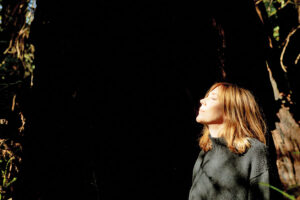−−− BY LINDA JENKINSON −−−
It’s October, my favourite month of the year and as we make our way through the most exciting season that is autumn migration, we’re seeing more and more birds making their way towards their winter feeding grounds. Visitors are flooding in from eastern Canada, Greenland, Iceland, Scandinavia and northern Russia while the last of the summer migrants drift away, through the UK, to southern Europe and Africa. Many of these birds can be seen passing through your local birdwatching sites, through your garden or moving in flocks overhead so keep your eyes peeled and your ears on full alert.
Where I live, close to Leeds city centre, autumn begins properly for me when I hear my first flock of pink-footed geese calling overhead, their distinctive ‘wink, wink’ sound alerting me that something special is happening. They’re bringing the north to the UK as they flee from their freezing breeding territories. Look for them amongst flocks of greylag at your local wetlands as they pause to feed on their journey towards The Wash where most of them will spend the winter months. Their tiny, round heads and small pink and black bills stand out in a sea of huge orange-beaked greylags. There’s also a chance you might see a white-fronted goose and a few barnacle geese have already been seen feeding with Canada’s on my local reserve.
If you like small woodland birds, it’s still possible to catch some summer migrants moving south. This year’s warm and settled weather has delayed autumn migration with many adults, and juveniles from second broods, moving later than usual from moorland, reedbed and forest edges.

As birds move south, they sometimes latch onto feeding flocks of common resident birds that feed either in trees or on the ground. A good birdwatching technique is to ‘work’ your way through each group of birds to see whether you can spot something unusual. This might be something you’d normally do when sitting in a hide at a reserve but try to get into the habit of doing this while walking in your local woodland or wetland. If you see a group of birds moving around, or you hear some coming towards you, try to obscure your outline perhaps by backing up towards a tree, and let the birds come to you. If you keep perfectly still, you’ll be able to get a good look at each bird. In a woodland, most will be young blue tits, long-tailed tits and great tits but there is a chance you’ll see something else such as a migrating chiffchaff, goldcrest or even a firecrest. Similarly, take a bit of time to study the species of birds using your garden feeders and bird table. If you have trees and a pond you might have enough insects to attract a spotted flycatcher, redstart, grey wagtail or a sedge warbler. A few years ago I had a cuckoo in my garden for a few seconds as it tried to escape being mobbed by crows on its journey southwards. My best garden tick yet!
Young dippers and kingfishers disperse from their nest sites and travel downstream making your urban stretch of water a possible feeding area for a time. Fields with grazing cattle or horses could also attract a passing yellow wagtail or a wheatear. They feed on insects that are attracted to dung.
Remember that there are a lot of juvenile common birds around at this time of year. Some can look quite different to their parents, so take a good field guide out with you and spend some time familiarising yourself with juvenile plumages. Most of the adult resident birds in woodlands will have completed their moult by now. However, most ducks are still in ‘eclipse’ (the term used for their annual moult). As they moult their flight feathers all at once, some are still camouflaged and inactive at pond edges but many from the north, such as wigeon and goldeneye, have regrown their flight feathers and have begun to migrate. These birds are unlikely to have completed their body moult so their identification could be a challenge. Look at head and beak shape and how they sit in the water to give you some clues.
Linda Jenkinson teaches people about birds in and around Leeds. For details of classes email linda@startbirding.co.uk or call 07778 768719. Visit www.startbirding.co.uk or Start Birding on Facebook and Twitter.







